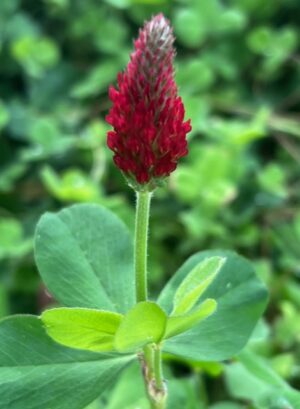Skullcap, Official (Scutellaria lateriflora) seeds, organic
$4.95 – $59.10
Family: Mint (Lamiacea)
Hardy to Zones 3 to 9
(Mad Dog Skullcap, Virginia Skullcap, Blue Skullcap) Herbaceous perennial native to the US. Flowers light blue to a height of 30 inches. Plant prefers shade and rich, moist soils. Traditional usage: TWM, sleeplessness, anxiety and depression. The plant itself is likable and unassuming, with a multi-stemmed, upright habit, reddish stems and flowers located to one side of the stem (thus lateriflora, which is very often and incorrectly called “laterifolia” in the herb industry). Sow seed in garden in cool soils of fall or early spring, or give 30 days moist refrigeration by mixing with peat moss, coir or sand in a plastic bag or glass jar in the fridge.* Bury seed 1/4 inch deep and tamp–dark dependent germinator. Then, sow in warm soil. Germ in 30 days. Thin or transplant to 1 foot apart.
Packet contains 50 seeds
1 g contains ~2,500
5 g contains ~ 12,500 seeds
10 g contains ~ 25,000 seeds
Certified Organically Grown
- Alternate technique: Soak seeds in pure water in a jar left in the fridge for 1 or 2 days. Pour through a strainer and plant swollen seeds in greenhouse or similarly warm conditions.










mary –
The seed was planted in a starting mix and stayed in the root cellar (40F) for a couple months. It germinated well once placed on a heat mat (~75F) under LED lights. The seedlings were up-potted once and transplanted into the medicinal herb garden (sandy loam soil, 8 hrs full sun). This was several years ago. Being rated only to Zone 6, I half expected it to die out over the Zone 3 winter (-30F to -40F), but nope! I found it wandering through the Elecampane, Valerian, and Astragalus, where it has continued to wander about. I’ve transplanted some to another garden bed with Arnica chamissonis where they both continue to wander about under the Asparagus also planted there, creating a lovely understory/ground cover and providing a source of medicinal herbs. It may not be the most beautiful Scutellaria of the bunch, but it’s a hardy and persistent one that is constantly on the move!
Upvote if this was helpful (4) Downvote if this was not helpful (0) Watch Unwatch Flag for removal